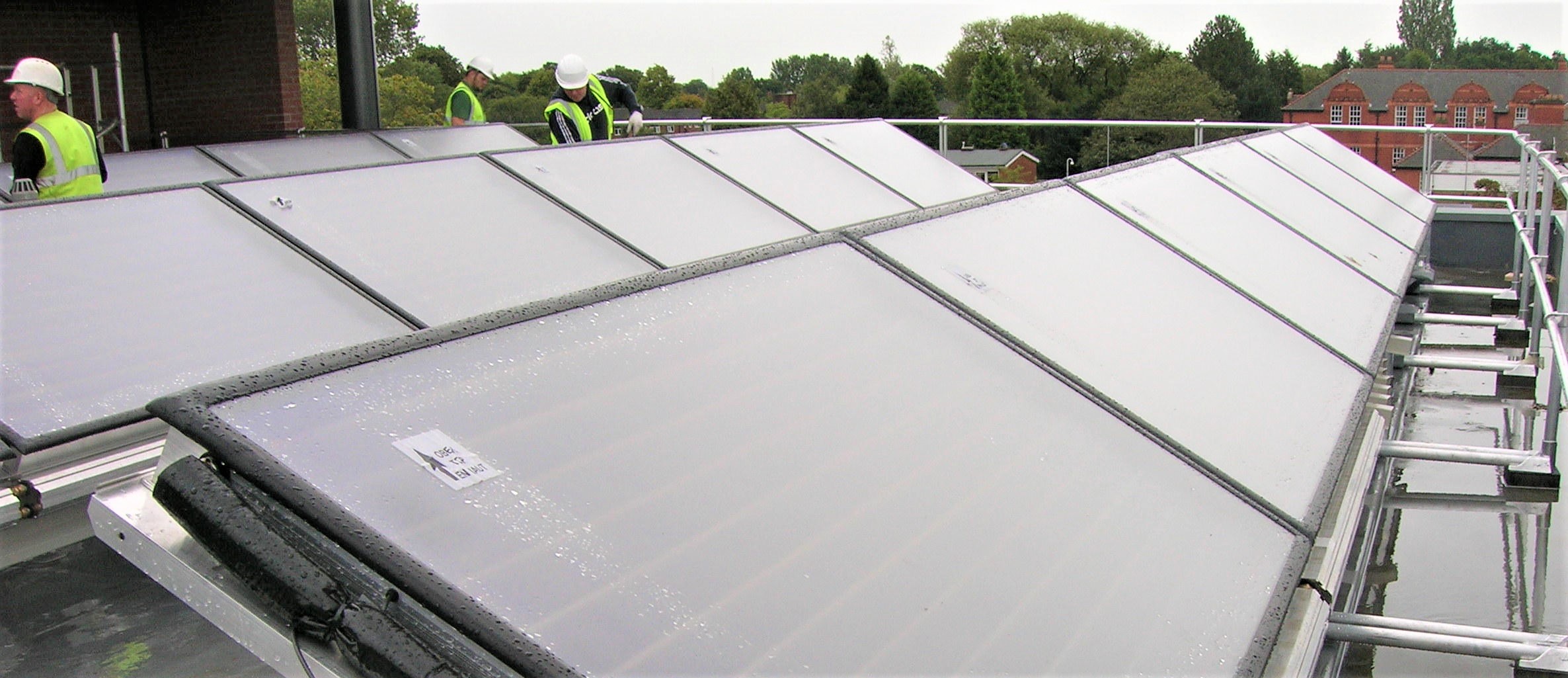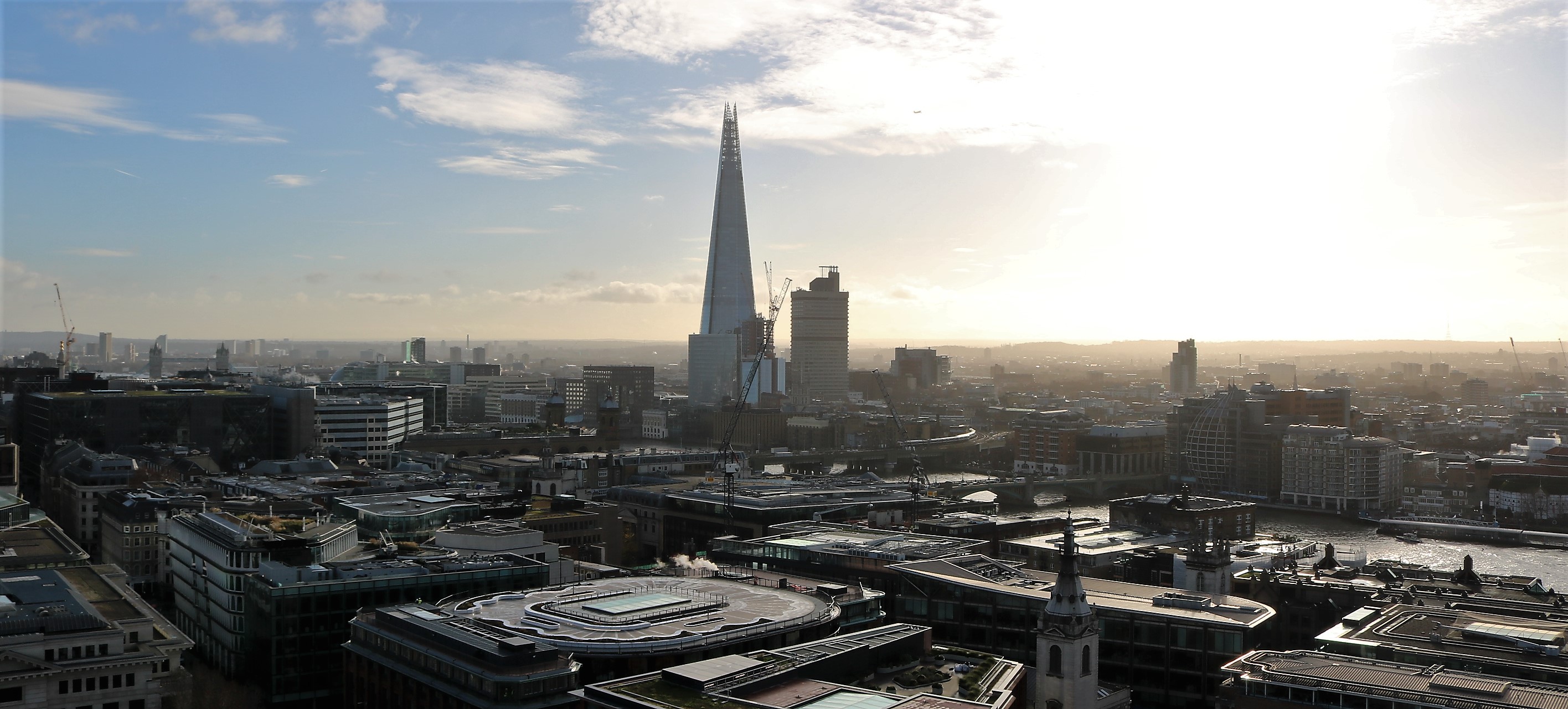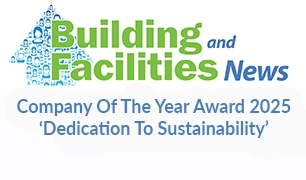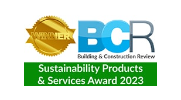 Bill Sinclair, Technical Director, Adveco, considers the success of the UK’s drive to clean the grid, the role renewables can play and outlines the hurdles that still exist before we can mutually achieve a carbon-free future.
Bill Sinclair, Technical Director, Adveco, considers the success of the UK’s drive to clean the grid, the role renewables can play and outlines the hurdles that still exist before we can mutually achieve a carbon-free future.
The UK was one of the first countries to recognise and act on the economic and security threats of climate change. The Climate Change Act, passed in 2008, committed the UK to reduce greenhouse gas emissions by at least 80% by 2050 when compared to 1990 levels, through a process of setting 5-year caps on greenhouse gas emissions termed ‘Carbon Budgets’. This approach has now been used as a model for action across the world and is mirrored by the United Nations’ Paris Agreement.
In November 2018, energy secretary Greg Clark triumphantly declared the energy trilemma to be over in a speech to Parliament which established a new set of principles to steer future development of the energy market. A market that can embrace the concept that cheap power is now green power.
The ‘energy trilemma’, so-called because of its summary of three key challenges that faced the sector, typically the need to decarbonise power generation in the cheapest possible way while guaranteeing security of supply, has been the core principle behind much of the government’s energy policy.
“It is looking now possible, indeed likely, that by the mid-2020s green power will be the cheapest power. It can be zero subsidy. The trilemma is well and truly over,”
declared Clark. Adding that,
“Moving beyond subsidy does not mean to say we are reverting to the dirty, polluting world of the past, it is one where green energy can be cheap energy.”
However, there are still considerable challenges ahead if the government, UK businesses and those operating within the built environment are to ultimately meet the demands of the Climate Change Act.
A Cleaner Grid
Zero carbon energy sources are becoming more abundant and efficient, which is naturally having a positive impact on the grid’s carbon factor. As a result, carbon-intensive generation sources, like coal power stations, stay offline for longer, and this has led us to a pivot point in our reliance on carbon-intensive generation techniques. The carbon intensity, according to the National Grid, has “almost halved in a five year period.”
In January 2018 the carbon intensity of the grid ranged from 121 g/kWh to 443 g/kWh, a period where demand fluctuated from 23.78 GW to 49.11 GW. We can compare the winter range – around 300g/kWh – with the summer months, where load on the grid should reduce considerably without the heating demand. However, summer months carbon emission rates exceeded 200 g/kWh, and averaged out at approximately 175g/kWh, which is surprising because we would expect technologies such as photovoltaics (PV) to be performing at their optimal outputs.
In fact, the July centred heat wave created a higher carbon intensity than April or January. We can presume this was due to higher electricity consumption by air-conditioning systems and possibly a fall in output from wind generation systems which would, in theory, be more effective in poor winter weather.
Increasing efficiency across the built environment
The tenth draft of the Government’s Standard Assessment Procedure (SAP) was released in July 2018 and has already had a significant impact on the way we view and use electricity with lower emissions that has cleaned up its image as a fuel compared to gas. Under SAP 10 emissions in electricity have dropped by more than 50%, a significant change that takes emissions down to 0.233kg CO₂/kWh. Gas emissions have also reduced by 2.8% within the same time frame, but gas is going to be relatively constant when it comes to emissions because it is not generated, but rather is effectively mined. This means the end-product does not get any cleaner, the reduction is a product of improved pumping process and less distribution loss. Before this substantial change, electricity was considered 2.4 times dirtier than gas, today that ratio has dropped to almost one to one.
These developments are obviously having a considerable impact on the mindset towards electricity as an energy source for heating and hot water to serve the built environment. For a starter, new commercial builds with a small requirement for domestic hot water (DHW) load will benefit in a big way from installing any heat pump technology.
But for new builds exhibiting a large DHW load then there remains a solid argument for employing a gas-fired water heater. However, the smart approach is to also use a heat pump to create a hybrid system to pre-heat the DHW system. This gives a project considerable carbon advantage from the heat pump, because the COP is higher when the output temp is 50 instead of 65, and very high when the ambient is warm. In addition, running costs are kept low by only heating water at the cost of gas, be it from the gas or from electric with a minimum 3.5:1 COP. This type of hybrid system approach also reduces the maximum available electric load the building needs, allowing for an incredibly carbon-efficient hot water system, and in warmer weather reduces a building’s dependency on gas to nearly nothing. There are also benefits to be had from reducing grid demand at peak times, and then utilising the heat pump at its most efficient.
In theory, the RHI for air-to-water heat pumps should also be re-evaluated. Previously the minimum efficiency to be eligible was a SCOP of 2.4, as this was the boundary where gas was a more carbon effective energy source. Not to encourage carbon intensive buildings, but that boundary could be lowered and still have a positive carbon impact on the existing building stock. And if a heat pump with a lower efficiency was selected, capital outlay would, in theory, reduce as well.
So far so good, but how successfully is this delivering against the need to reduce greenhouse gas emissions as set out by the Climate Change Act?

Halfway there?
The encouraging news is that greenhouse gas emissions have already been reduced by approximately 42%, so we are just over halfway to the end goal, but the problem is the first 50% is the easy bit – increasing renewable energy sources and limiting coal fire stations – but what do we do to continue?
It is expected that 2018’s emissions in the final reckoning will be of a magnitude of 468 megatonnes of CO₂ equivalent (CO₂ E). Shorthand for a collection of greenhouse gases, CO₂ E includes carbon dioxide, methane, nitrous oxide, hydrofluorocarbons, perfluorocarbons and sulphur hexafluoride. Carbon dioxide is the main target, making up 81% of all greenhouse gasses in 2016, and for this reason it’s the element that we think of reducing when targeting for a greener future.
The Government’s Carbon Budgets have so far been achieved through a mix of incentives, such as the Renewable Heat Incentive and Feed-in Tariff, and regulation (Building Regulations Part L). In this way the UK has been able to meet the requirements of Carbon Budget one and two, as well as achieving the third budget’s requirements (37%) well before the 2022 deadline. Despite Clark’s recent positive comments, the Committee on Climate Change estimates that we are not on target to meet Carbon Budget four, requiring a 51% decrease, by 2028.
The government stated in its 2017 Clean Growth Strategy
“In order to meet the fourth and fifth carbon budgets (covering the periods 2023-2027 and 2028-2032) we will need to drive a significant acceleration in the pace of decarbonisation.”
Where we can start to make a real difference
The National Grid has already begun to outline potential future energy scenarios, but it is down to our industry to assess how low carbon technologies can be deployed in a meaningful way to address these scenarios. This means considering the effect of lower carbon intensity electricity on renewable technologies with emphasis on existing, as opposed to new builds.
From the systems already outlined it is clear there remains a strong argument for employing gas alongside renewables in new builds. When it comes to the refurbishing of existing building stock, that is where the greatest advances can be potentially made across the built environment. In such a scenario though, it is never going to be worthwhile for the building owner to put in a heat pump for preheat or as a standalone hot water source. From a renewables perspective it is going to be better to put in solar thermal. But when an existing building needs to be improved then it cannot be cost-prohibitive for the owner. This means it needs governmental support which generally makes solar thermal cost-optimal if the project site has the capability to support an installation.
As with all refurbishments, the physical limitations of a site will always drive or preclude certain options. Without doubt, gas infrastructure remains the most common for the provision of heating and DHW and a more open-minded approach to driving cleaner heat through a mix of replacement gas and renewables is what will really progress us towards the 2028 targets while also delivering considerable benefits to those living and working in these buildings.
 Adveco is committed to helping companies become net zero through efficient commercial heating and hot water systems.
Adveco is committed to helping companies become net zero through efficient commercial heating and hot water systems.
Discuss carbon reduction in your next project by calling 01252 551 540 or visit the contact page.
















